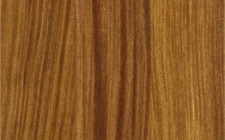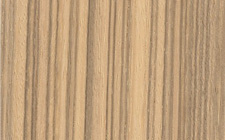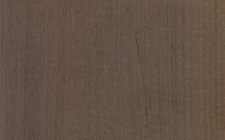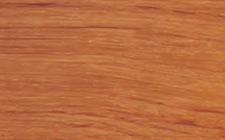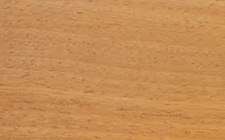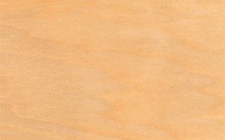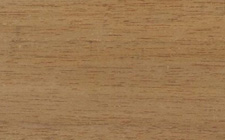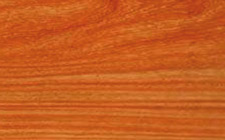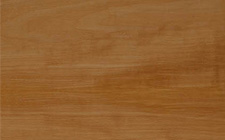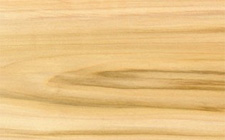Badi
Botanical name
Nauclea diderrichii
Origin
Africa
Other names
Engolo, Akondoc, Mokesse, Kusia, Opepe, Kilu, N'gulu-Maza, Aloma, Linzi, Bilinga, Kilingi, Bonkngu, Bundui

WOOD DESCRIPTION
| Color: |
orange - yellow |
| Sapwood: |
clearly demarcated |
| Texture: |
medium |
| Grain: |
interlocked |
| Interlocked grain: |
marked |
| Note: |
Heartwood golden yellow or orangey yelow slightly moiré. In interior end-uses, the colour remains stable. |
PHYSICAL, MECHANICAL AND ACOUSTIC PROPERTIES
|
(*: at 12% moisture content, with 1 MPa = 1 N/mm²) Musical quality factor: 111,3 measured at 2492 Hz |
||||||||||||||||||||||||||||||||||||||||
NATURAL DURABILITY AND TREATABILITY
| Funghi (according to E.N. standards): |
class 1 - very durable |
| Dry wood borers: |
durable - sapwood demarcated (risk limited to sapwood) |
| Termites (according to E.N. standards): |
class D - durable |
| Treatability (according to E.N. standards): |
class 2 - moderately permeable |
| Use class ensured by natural durability: |
class 4 - in ground or fresh water contact |
| Species covering the use class 5: |
Yes |
| Note: |
This species is listed in the European standard NF EN 350-2. Bilinga naturally covers the use class 5 (end-uses in marine environment or in brackish water). According to the European standard NF EN 335, performance length might be modified by the intensity of end-use exposition. |
SAWING, MACHINING AND ASSEMBLING
| Blunting effect: |
normal |
| Sawteeth recommended: |
ordinary or alloy steel |
| Cutting tools: |
ordinary |
| Peeling: |
bad |
| Slicing: |
nood |
| Note: | Requires power. |
| Nailing / screwing: |
good but pre-boring necessary |
| Gluing: |
correct |
| Note: |
Slight tendency to split when nailing. Gluing must be done with care: the wood is acid. |



